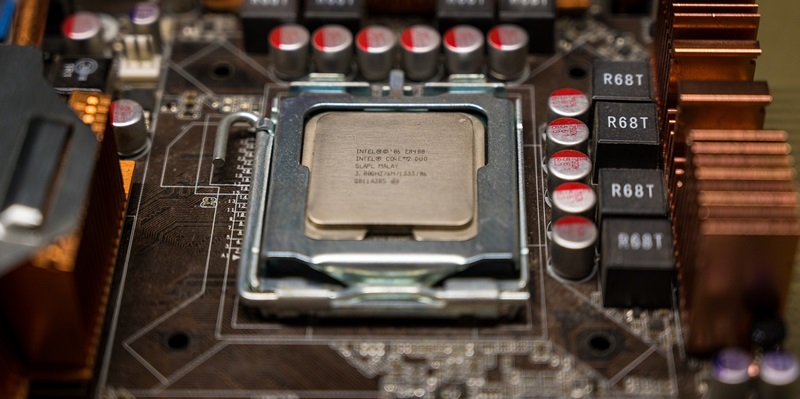With the forthcoming launch of the Intel Sierra Forest CPUs, the tech industry is poised on the brink of another significant transformation in server technology. Intel has been a dominant player in the server CPU market for some time, and with Sierra Forest, they aim to redefine the server landscape once more. This new lineup promises a striking departure from traditional designs through its E-core-only architecture. The focus shifts from raw core performance to optimizing thread density, enabling more efficient handling of workloads that can thrive on parallel processing power.
Sierra Forest positions itself as an ideal candidate for applications that are not overly reliant on single-threaded performance but instead benefit from the ability to manage numerous tasks simultaneously. By concentrating solely on E-cores, Intel may offer a compelling option for environments where energy efficiency, thermal control, and handling large numbers of lightweight tasks are of paramount importance.
Embracing Energy Efficiency
Intel’s Sierra Forest strikes at the heart of one of the most pressing issues in the data center industry: energy efficiency. As data centers around the world face increasing scrutiny regarding their power consumption and environmental impact, a more energy-conscious CPU design is a welcome development. Sierra Forest’s E-core-optimized architecture leads the way in providing a solution that claims to deliver the computational power needed for today’s demanding server tasks while conserving energy.
The E-core approach aligns with the broader industry trend moving toward sustainable computing practices. By trading off some performance that would be provided by the P-cores in traditional CPU designs, Sierra Forest is tailored to use cases where energy saving is a higher priority than the highest single-threading capabilities.
A Paradigm Shift in Server Performance
Intel’s initiative with Sierra Forest hints at a broader paradigm shift in server performance metrics. Instead of the all-too-familiar race for the highest clock speeds and raw computing power, Sierra Forest represents a move towards a more balanced approach. The ability of a server CPU to efficiently execute a vast number of threads without compromising heavily on power draw or heat generation becomes a new yardstick for measuring performance.
With the imminent arrival of Sierra Forest, Intel lays down a gauntlet for future server CPU design, reimagining what defines a powerful, modern server processor. Sierra Forest may very well become the blueprint for the next generation of CPUs that will power cloud and enterprise workloads, setting new standards for efficiency and throughput in an increasingly data-centric world.

